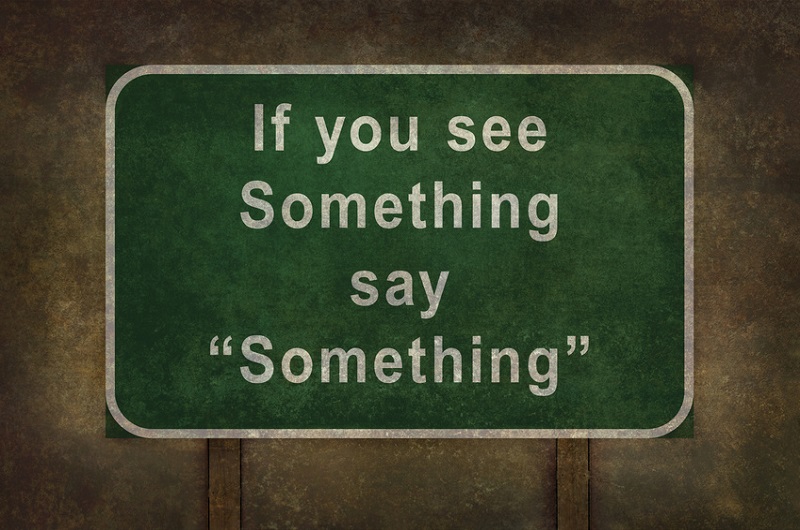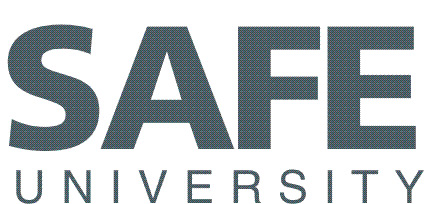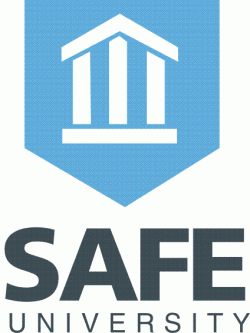Conscientious and well-informed university personnel know that adequate staffing, multi-disciplinary involvement, sufficient resources, appropriate policies, and external support make these incidents less likely to occur—and make leaders more prepared if they do. Safe University (Safe U) partners with you to supplement and enhance your existing security programs by tailoring best practices to your unique situation and campus culture
Building the Perfect (Security) Beast
We turn to a consultant to help us with a challenge we can’t solve ourselves, to supply the knowledge and experience of industry best practices and regulatory compliance, provide a particular type of subject matter expertise, or to guide us through a specific project. While a security consultant is certainly an advisor, assessor, examiner, and evaluator, we can also ask him or her to modify, correct, enhance, and create safety- and security-related documents—specifically, procedural standards such as guidelines, policies, plans, rules, and directives.
Imitation Is the Highest Form of Flattery
If you could create a security department that was an industry leader with best-in-class operations, would you? Of course you would, but how do you know your program is better than the rest? What puts you ahead of your competitors and, equally important, keeps you there? Your success starts with the documents that reflect the mission of the security program while at the same time protect the brand of the organization. Ideally you want to benchmark against companies similar in shape, size, and footprint. If you work for a multinational corporation operating in multiple continents with a global corporate security department, then you want to compare yourself to similar organizations and their full breadth of the security department policies.
All For One and One For All
Employees are more likely to see security as a company priority if management visibly supports security efforts and initiatives. Consequently, a security program is most effective when people see it as an important part of a company’s goals and vision. Among the best ways to demonstrate that support is to include security as one of management’s core values and to promulgate official company policies regarding security. And as the most effective means to this end, multi-disciplinary involvement in the creation and vetting of these documents invites partnerships with legal, HR, IT, and employee assistance to collaboratively design inclusive and relevant procedures. A security department simply cannot do all this by itself.
Let’s Talk About the Nuts and Bolts
Now that we’ve addressed the importance of building a security program through the “power of paper,” let’s focus on the specific documents needed. Applicable security directives and guidelines can include documents such as:
- A clean desk policy
- Access control procedures
- Restricted area access
- Visitor management
- Background screening requirements
While physical security measures are critical, the access protocols and practices and the ability to screen and filter all personnel, services, deliveries, and equipment seeking access to the facilities and its environs are equally, if not more, important. The implementation and effectiveness of security systems, such as closed-circuit surveillance equipment, exterior and perimeter security systems and monitoring, and electronic access control systems, can be determined by the written guidelines and published rules giving instructions on the proper use of these technologies.
Training Is a Perishable Skill
The success or failure of a security program could depend on the training curriculum, security awareness information, and education materials designed not only for the security team, but also for the entire organization. Non-security personnel must receive ongoing and current training on safety-related information regarding emergency preparedness, fire prevention, and workplace violence mitigation, among many areas. Your best practice based security program should combine research, collaboration, institutional knowledge, and professional experience to produce training that engages people by providing practical and hands-on tools they can implement immediately.
Necessity Is the Mother of Invention
We adapt our policies and procedures to our needs and current situation. And the need for most new policies and procedures is driven by knowing current best practices and awareness of emerging threat scenarios. With clients in both the public and private sector, The Lake Forest Group offers you insight acquired through decades of engagements helping organizations assess their current security program—beginning with their written policies and procedures. From there, we can ensure that your corporate environment, financial services, international affairs, business operations, brand integrity, protective intelligence, operational protocols, budget execution, and human resources are built on a strong, best-in-class security foundation.







 When the safety of your people is one of your top priorities and your college’s reputation is one of your most valuable assets, you’ll do whatever it takes to provide a safe environment for your students, staff, and visitors. High profile incidents such as mass shootings and sexual attacks at several universities have put the topic of campus crime in the public eye today more than ever before.
When the safety of your people is one of your top priorities and your college’s reputation is one of your most valuable assets, you’ll do whatever it takes to provide a safe environment for your students, staff, and visitors. High profile incidents such as mass shootings and sexual attacks at several universities have put the topic of campus crime in the public eye today more than ever before.


